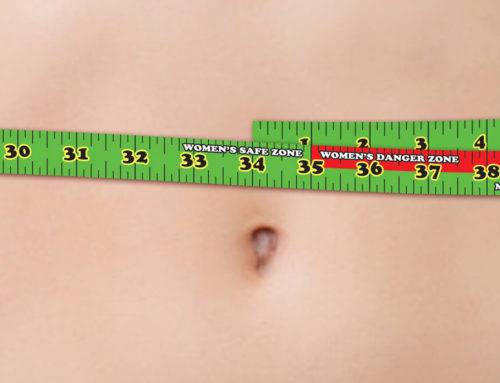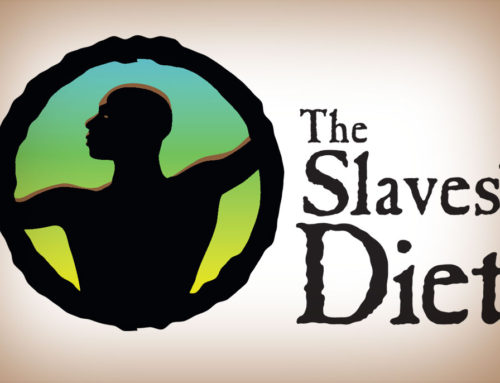WHY www.WaistlineRadio.com
The link between music and exercise is not new. B.C. era rowers used music for their work on Roman Galleys.The guy is sitting there beating his drum, which drives the basic rowing rhythm. Part of that is coordination—you want the rowers to row together—but part of it is that people will naturally follow a tempo.
Research exploring the link between music and exercise began in the 1920s and continues today. According to Robert Sewak, PD, author of the articleStriking the Right Chord With the Music You Choose, scientists in 1935 discovered a simple tempo change in music caused the respiration rate to change.
As they observed more data, scientists also noticed that music:
- Changed the heart rate
- Affected blood pressure
- Changed the metabolic rate
- Reduced physical and mental stress
- Reduced fatigue
- Elevates your mood
All of these things aid the flow of energy in the human body.
The sound waves of music enter your ears and turns into pulses or vibrations, which travel to the nerves in the brain. The pulses influence the brain, which then translates to the body’s movement.
Music with a fast beat subconsciously travels through your brain down to your fingers, which allows them to tap to the rhythm. Pay attention next time you’re listening to music at your desk.  Notice how your body moves without any thought.
Notice how your body moves without any thought.
Synchronizing your movement to music enables you to perform more efficiently, which results in greater endurance. “Music is like a legal drug for athletes,” says Dr. Karageorghis.
No wonder so many athletes listen to fast-tempo music. But, it’s not only because it boosts blood flow. The music’s beat reflects the heart rate, or beats per minute (bpm). In the fitness and endurance world, you need to hit a certain bpm to reach peak potential.
 Think about your favorite physical activity. Running is faster paced, whereas yoga is slower. The body’s pace moves vastly different depending on the activity. Music selections from Waistline Radio® are pre-correlate to the activity’s tempo. The music’s bpm should match the heart rate you wish to reach during your workout.
Think about your favorite physical activity. Running is faster paced, whereas yoga is slower. The body’s pace moves vastly different depending on the activity. Music selections from Waistline Radio® are pre-correlate to the activity’s tempo. The music’s bpm should match the heart rate you wish to reach during your workout.
Here are common forms of exercise, and recommendations:
Walking: 135 to 140 bpm (beats per minute)
Waistline Radio® Channel Suggestion: Warm Up Channel, Cardio Channel, Cool Down Channel, and Stretching Channel
Running: 150 to 175 bpm
Waistline Radio® Channel Suggestion: Cardio Channel, Intense Channel
Weight Lifting: 140 to 160 bpm
Waistline Radio® Channel Suggestion: Cardio Channel, Intense Channel
Cycling (Outdoor or Indoor): 135 to 175 bpm
Waistline Radio® Channel Suggestion: Cardio Channel, Intense Channel, Cool Down Channel
Here’s What
www.WaistlineRadio.com
Can Do For You…
www.WaistlineRafdio.com
improves Your Workout Experience
- You’ll Work Harder. A recent study revealed that when music is set at a stimulating volume, the athlete pushes harder resulting in more reps and increased muscle strengthening.You’ll Establish A Better Pace. When your exercise pace is in sync with the pace of the music, your performance is improved.
- You’ll Workout Longer. Research confirms that music increases exercise endurance by 15 percent, particularly during cardio workouts. Music appears to help exercisers maintain a positive attitude about high–intensity exercise.
- You’ll Experience Better Physical Results. Waistline Radio takes the guesswork out of trying to find music that coincides with your workout. You won’t need to fiddle with your Ipod® or Iphone® trying to fine the right music.
- You’ll Experience Better Workout Results. People who listen to Waistline Radio® during resistance workouts will see greater improvement compared to non-listeners.
- You’ll Feel Less Tired When The Workout Is Completed. Proceeding of the National Academy of Sciences found that listening to music not only distracts you from how hard you’re working but also makes physical exertion less exhausting.
- You’ll Move Faster After Working Out when You Workout to Waistline Radio. Athletes who listen to Waistline Radio® during recovery are more likely to move afterwards, remove lactic acid from heir system faster, and have a lower perceived exertion level than non-listeners to music.








